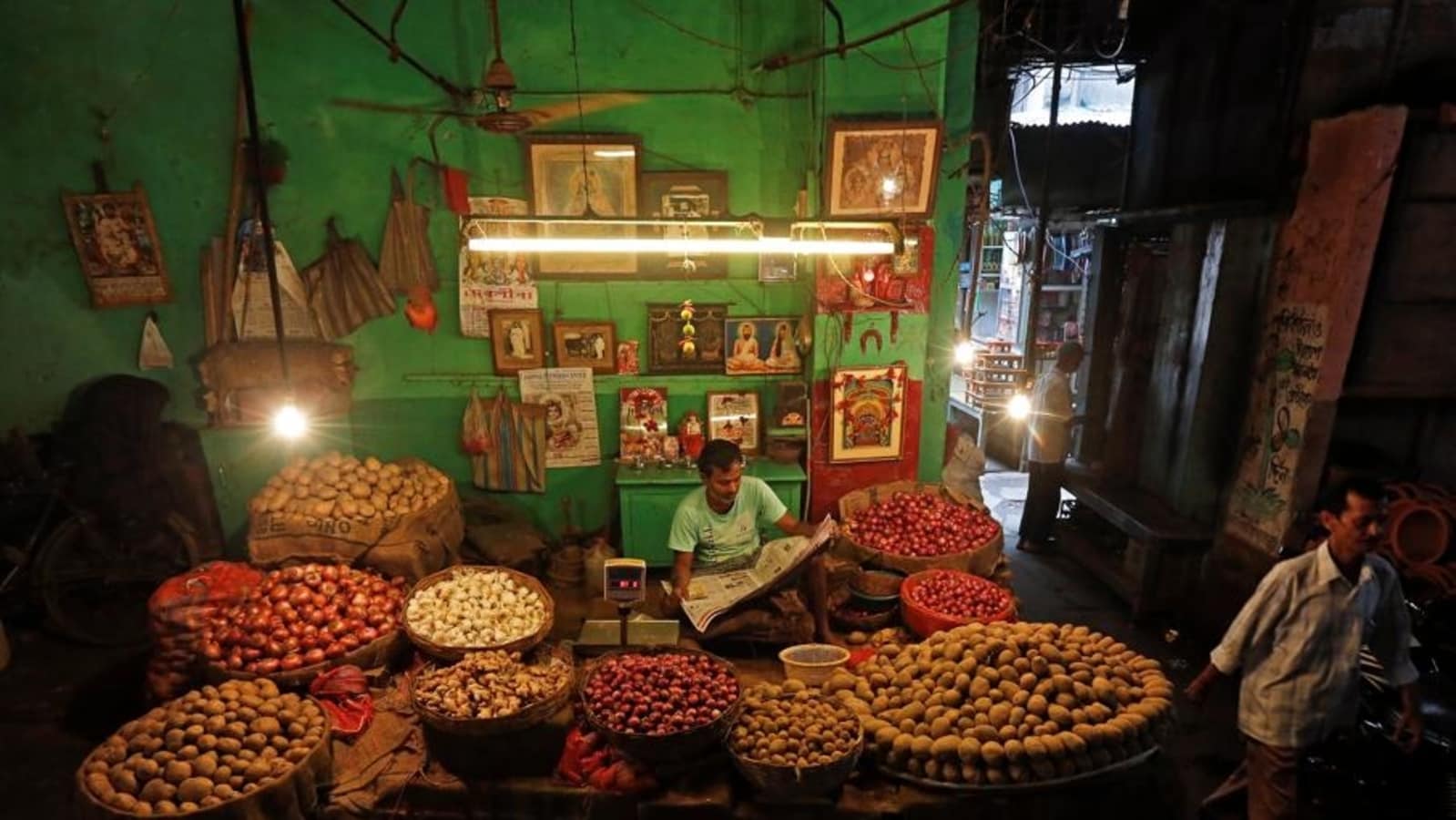Following a three-day meeting, the RBI Monetary Policy Committee (MPC) retained the 5.5% repo rate. It’s not the main news, though. The central bank has announced important steps to fortify the banking industry. The FY26 GDP forecasts have also been increased to 6.8%.
Additionally, for FY26, the Reserve Bank of India forecasted CPI inflation at 2.6%, a decrease from the August estimates of 3.1%. CPI inflation was forecast by the central bank to be 1.8% in Q2 and Q3 of FY26 and 4% in Q4. Additionally, 4.5 CPI inflation is anticipated for Q1 of FY26.
According to the RBI, the main factor contributing to the benign inflation conditions in 2025–2026 has been the significant drop in food inflation from its peak in October 2024. According to the central bank, the fuel group’s inflation rate fluctuated between 2.4 and 2.7% between June and August.
The Reserve Bank had predicted CPI inflation for Q2 FY26 to be 2.1%, Q3 FY26 to be 3.1%, and Q4 FY26 to be 4.4% earlier in August. Real-time GDP growth for FY26 was upgraded by the Reserve Bank to 6.8%. The RBI predicted GDP growth of 6.5% for FY26 earlier in August. In addition, the RBI forecasted real-time GDP growth of 7% in Q2 FY26, 6.4% in Q3 FY26, 6.2% in Q4 FY26, and 6.4% in Q1 FY27.
The Reserve Bank stated that the external demand for products and services will be impacted by the persistent uncertainties surrounding trade policies and tariffs. The RBI did add, though, that some of the negative effects of the external headwinds should be mitigated by the execution of a number of structural changes that spur growth, such as the simplification of the GST.
The Reserve Bank suggested lifting legal limitations on business overlap between banks and their group companies. Additionally, it suggested lifting the regulatory cap on lending on listed debt securities and broadening the scope of capital market lending by banks.

